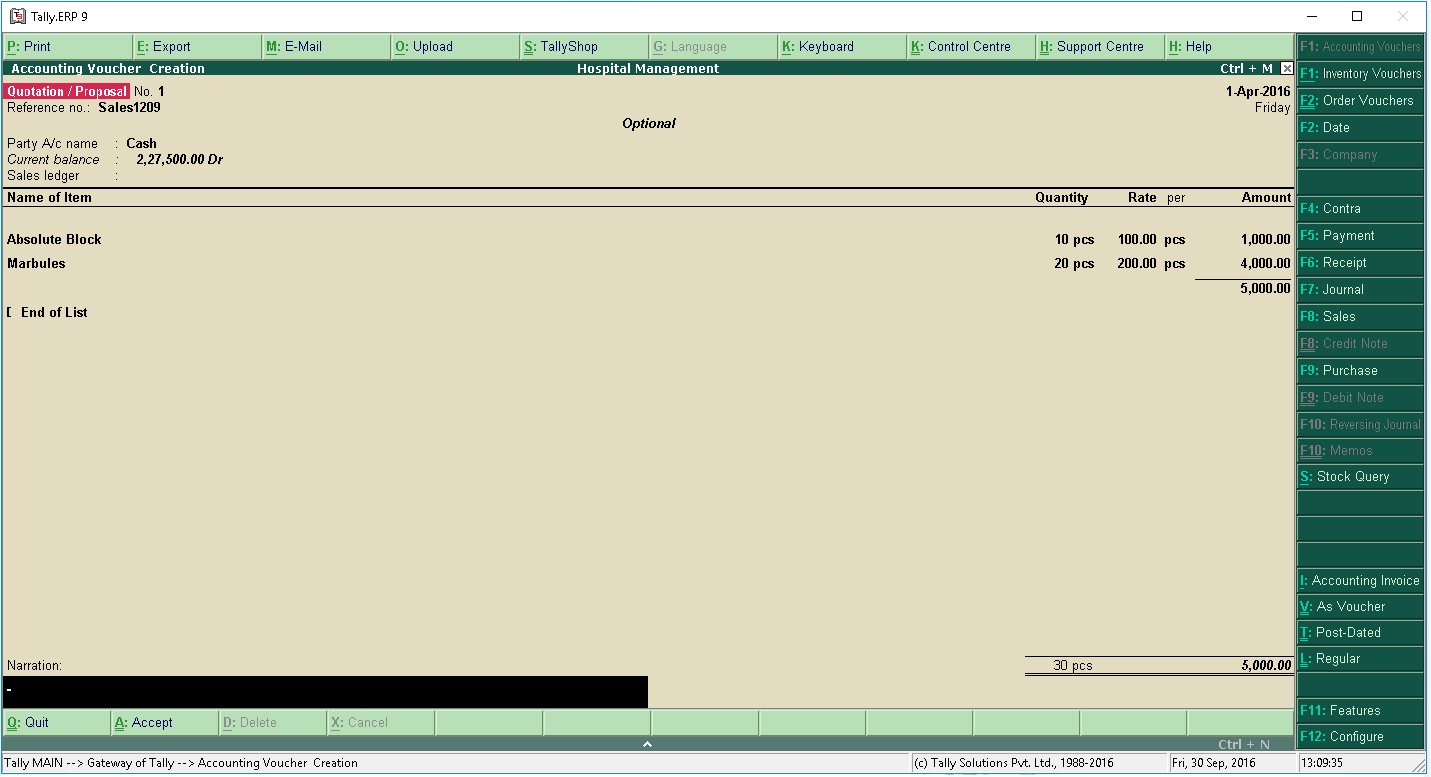- Accounting means the systamatic way of recording ,reporting and analysis of financial transactions of a business.
- Accounting plays a very important role in each and every organisation.Because,managers has to know the gains and losses of a company.
Types of Accounting :
- Accounting classified into 3 types :
- Real Accounts.
- Personal Accounts.
- Nominal Accounts.
Real Accounts :
- The accounts which are related to the assets(tangiable / non-tangiable) called as 'Real accounts'.
- Tangiable :Tangiable means assets which are physically exists.
- Examples : Buildings,Vehicles,Machines,etc.
- Non-tangiable : The assets which are not physically not exists.But they have value.
- Examples : Goodwill, Trademarks,patents,etc.
Debit :What Comes In.
Credit :What goes Out.
Personal Accounts :
- The accounts which releated to the persons or organisations called as 'Personal accounts'.
- Natural Accounts : The accounts which are related to the persons(living things) called as natural accounts.
- Examples :Humans,pet animals,etc.
- Artificial Accounts : The things which are related to the organisations,lands,etc called as artificial accounts.
- Examples :Pvt ltd companies,LLc's,LLP's,etc.
Debit:Receiver.
Credit:Giver.
Nominal Accounts:
- The accounts which are related to the money(incomes/gains and expenses/losses) called 'Nominal Accounts'.
- Income / Gain :The amount which comes into the organisastion is called income.
- Expenses / losses :The amount which goes out from the organisation is called expenses.
Debit :Expenses / losses.
Credit :income / gains.

























































